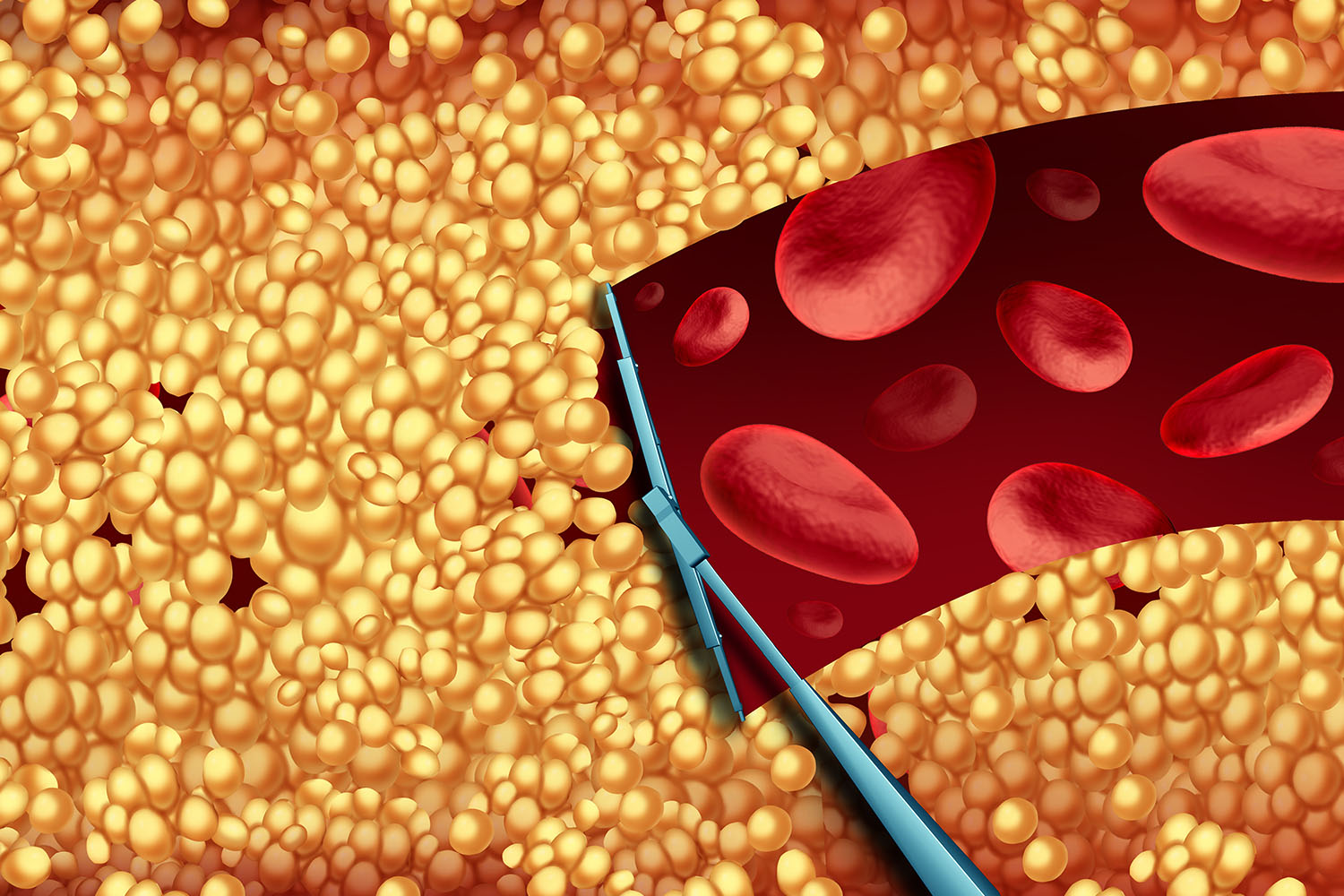Overview
Blocked arteries pose a significant health risk, potentially leading to heart attack, stroke, or other vascular complications. Atherectomy emerges as a minimally invasive procedure that helps clear these blockages, improving blood flow and reducing the risk of cardiovascular events. Let’s explore the facts and research surrounding atherectomy, understanding how it works and its role in maintaining vascular health.

What is Atherectomy?
Atherectomy is a catheter-based procedure used to remove plaque buildup, the fatty deposits that narrow arteries. During this procedure, a tiny catheter with a specialized tip is inserted into the blocked artery. The tip, depending on the atherectomy technique, can:
Cut or shave away plaque: Rotational atherectomy uses a spinning blade to excise plaque deposits.
Emulsify plaque: Vibration atherectomy employs sonic waves to break up plaque, allowing for easier removal.
Laser Plaque Ablation: Laser energy vaporizes the plaque, creating a wider channel within the artery.
The choice of atherectomy technique depends on the specific type and location of the blockage.
Research on Atherectomy
Studies support the effectiveness of atherectomy procedures in opening blocked arteries and improving blood flow. A research review published in the Journal of the American College of Cardiology looked at various studies on atherectomy for coronary artery disease. The review concluded that atherectomy, compared to balloon angioplasty (a procedure that widens arteries using a balloon), might offer some benefits in reducing long-term risks of recurrent blockages.
Benefits of Atherectomy
Compared to traditional angioplasty, atherectomy offers potential advantages:
More Complete Blockage Removal: Atherectomy can potentially remove more plaque buildup than angioplasty alone, potentially reducing the risk of future blockages.
Improved Blood Flow: By removing more plaque, atherectomy can improve blood flow to the heart or other organs more effectively.
Potential for Stent Placement: Atherectomy can sometimes help prepare the artery for stent placement, a tiny tube that holds the artery open.
Who Might Need Atherectomy?
Atherectomy is not suitable for everyone. Doctors typically consider it for patients with:
Severe blockages that cannot be adequately addressed with angioplasty alone.
Blockages that consist of hard, calcified plaque, difficult to treat with angioplasty.
Restenosis, a condition where a previously treated blockage recurs.
Atherectomy offers a valuable tool in a cardiologist’s arsenal for combating blocked arteries. Supported by research, this minimally invasive procedure can effectively remove plaque buildup, improve blood flow, and potentially reduce the risk of cardiovascular events. If you have concerns about blocked arteries, consult a doctor to discuss if atherectomy might be a suitable treatment option for you.


